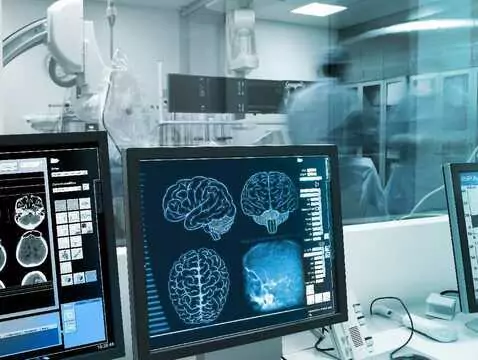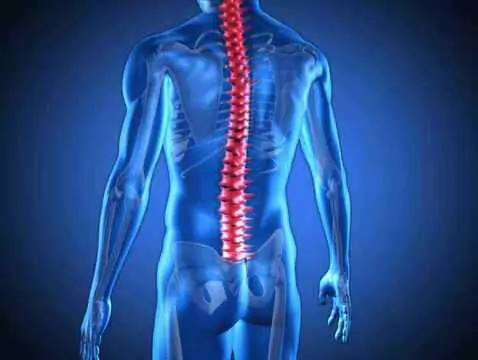Ehlers-Danlos syndrome is classified as a rare disease with a genetic basis. Changes in the genetic material caused by various factors can dramatically affect the functioning of the entire organism. Ehlers-Danlos syndrome is characterised by problems in the synthesis of collagen, which determines, among other things, the proper functioning of connective tissue.
Ad:









